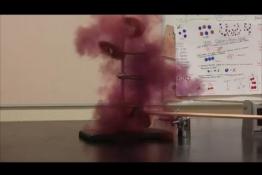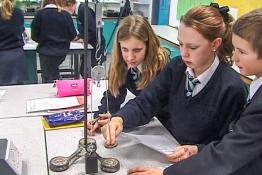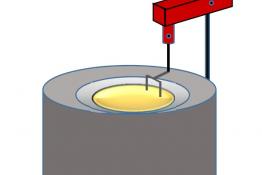Using test data to find misconceptions in secondary science
Issue 364 | Page 31 | Published Mar 2017
Description
Students, as well as teachers, often learn what makes sense to them, even when it is wrong. These misconceptions are a problem. The authors sought a quick, quantitative way of identifying student misconceptions in secondary science. Using the University of Toronto's National Biology Competition test data, this article presents a method of quickly identifying misconceptions that agree with many facets of the extant misconception literature (ubiquity across subject areas, pervasiveness regardless of question difficulty, and distractive power). Seeking students' most common wrong answer on a multiple-choice test is found to be a fast, reliable, and data-driven way to identify misconceptions.
More from this issue
Activation energies form an energy barrier to a chemical reaction taking place. Simple collision theory, i.e. that particles need to collide to...
Parts 1 and 2 in this four-part series of articles (Crossland, 2016, 2017) discussed the recent research from neuroscience linked to concepts from...
This overview is intended to help colleagues achieve successful and satisfying observations using a ripple tank. There are many observations to...




